Aspromonte
An expanse of uncontamined woods sloping towards the coast, imposing natural monuments, and wild waterways crossed by suggestive rock formations. Aspromonte can be considered a true paradise of biodiversity, an immense container of colours, lights, and contrasts able to leave anyone speechless who is lucky enough to visit its places and cross its paths.
In the Aspromonte National Park, established in 1989 as the sixth Italian park, about 1,500 species coexist, or more than half of the entire regional heritage. It is an ecosystem located at the centre of the Mediterranean whose richness and extraordinary variety are due to its unique climatic and orographic characteristics and which find in the larch pine the tree that is symbolic of the entire area.
In the massif they stand out against the floristic biodiversity, and there is also a great faunal richness that includes many animal species among birds of prey (golden eagle, the eagle owl, the short-toed snake eagle, and the sparrow haw, just to mention the most well-known) and mammals such as the wolf, which just recently came back and populated the habitat of the Reggio mountain, the black squirrel, the wild board, the marten, and the wild cat. A privileged destination for those who love and are passionate about the mountains, the park offers numerous nature trails to explored on foot, skis, by canoe, bicycle, or on horseback.
In the winter season, with the spectacle of the snowy hills from which it is possible to see the Messina Strait until the summer, Aspromonte offers breath-taking landscapes in which the mountain seems to caress the sea, in an exciting carousel of emotions that from the great peaks extends to the Tyrrhenian and Ionic sides. Of great value is also the heritage of traditions that the Aspromonte Mountain has preserved and handed down for centuries. The ancient arts, customs, and cultural imprints that are revived today in activities related to local crafts, food and wine, the Greek dialect spoken in the Greek area communities, folkloristic demonstrations in the square, and the strong bond that unites the land with the faith and that finds in Polsi one of the symbolic places of worship, a meeting point for thousands of pilgrims each year.
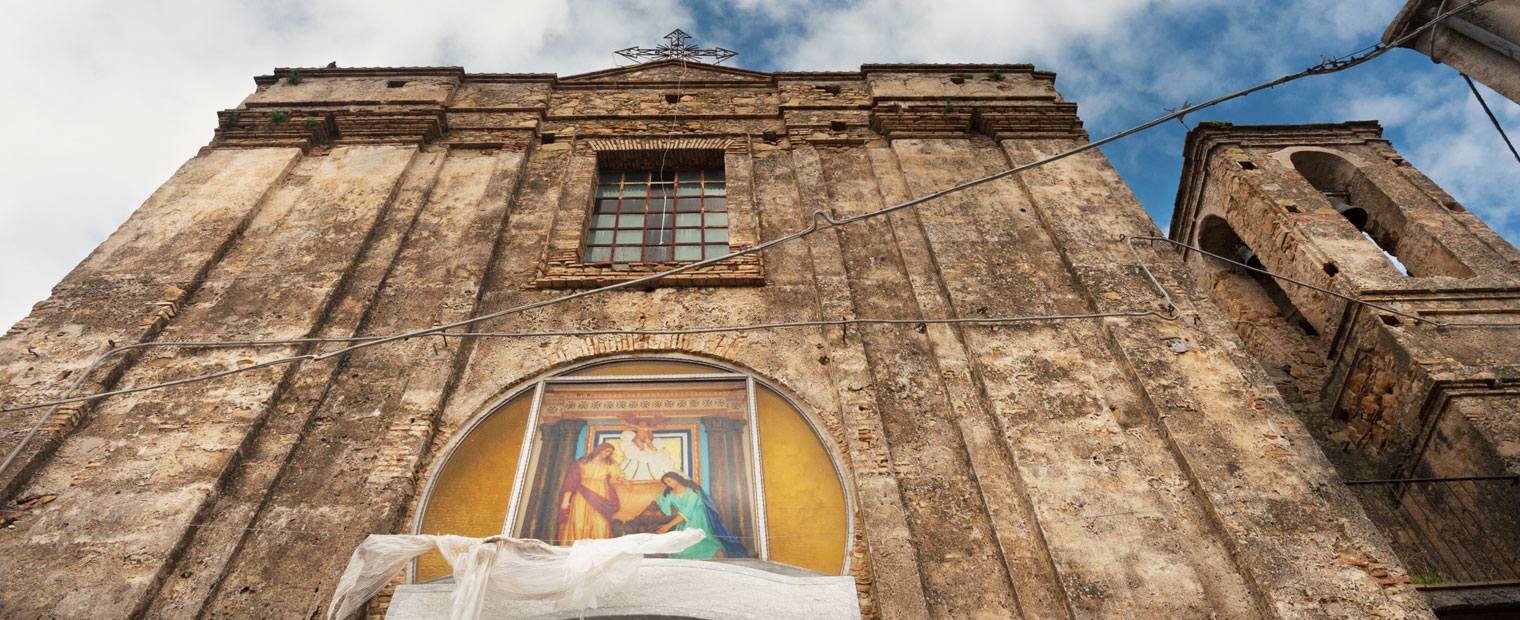
Ciminà: the home of caciocavallo
Nestled in the Aspromonte National Park, Ciminà is located downstream, under the Tre Pizzi Mountain and very close to the Condojanni River. A town increasingly frequented by international tourists who are attracted by its labyrinth of streets, the unique dwellings carved in the purple Ciminà high tu [...]
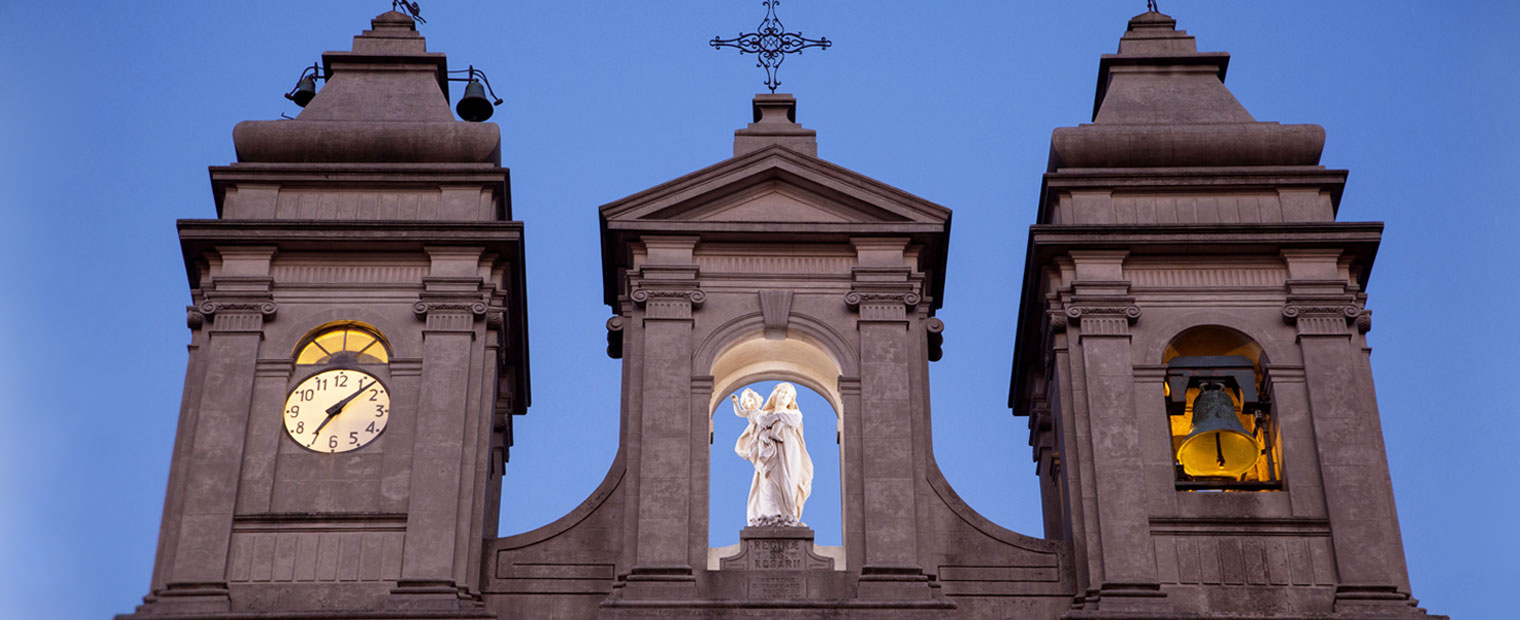
Cittanova
Cittanova, a village in the Plains of Gioia Tauro, is part of the Aspromonte National Park and stands in a splendid natural setting, squeezed between the Vacale River, whose waters are considered curative, and the Serra stream. The history of Novigrad is relatively recent: it was born with the name [...]
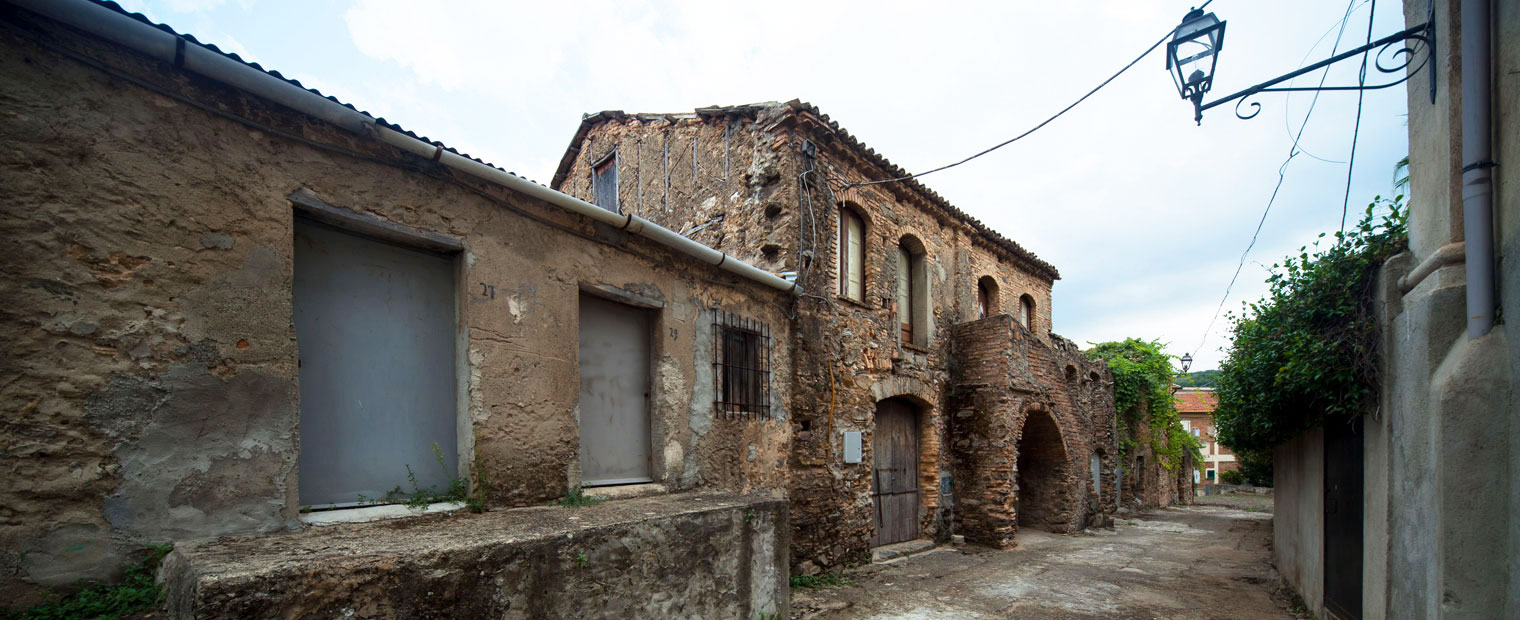
Cosoleto: where tradition is everything
Cosoleto, also called "Cusuleto" or "Cosalitu", is a small town in the Metropolitan Area of Reggio Calabria, located 60 kilometres from the capital. Its 951 inhabitants base their economy on agriculture and livestock, which are symbols of its great tradition. Two districts are found in Cosoleto: Acq [...]
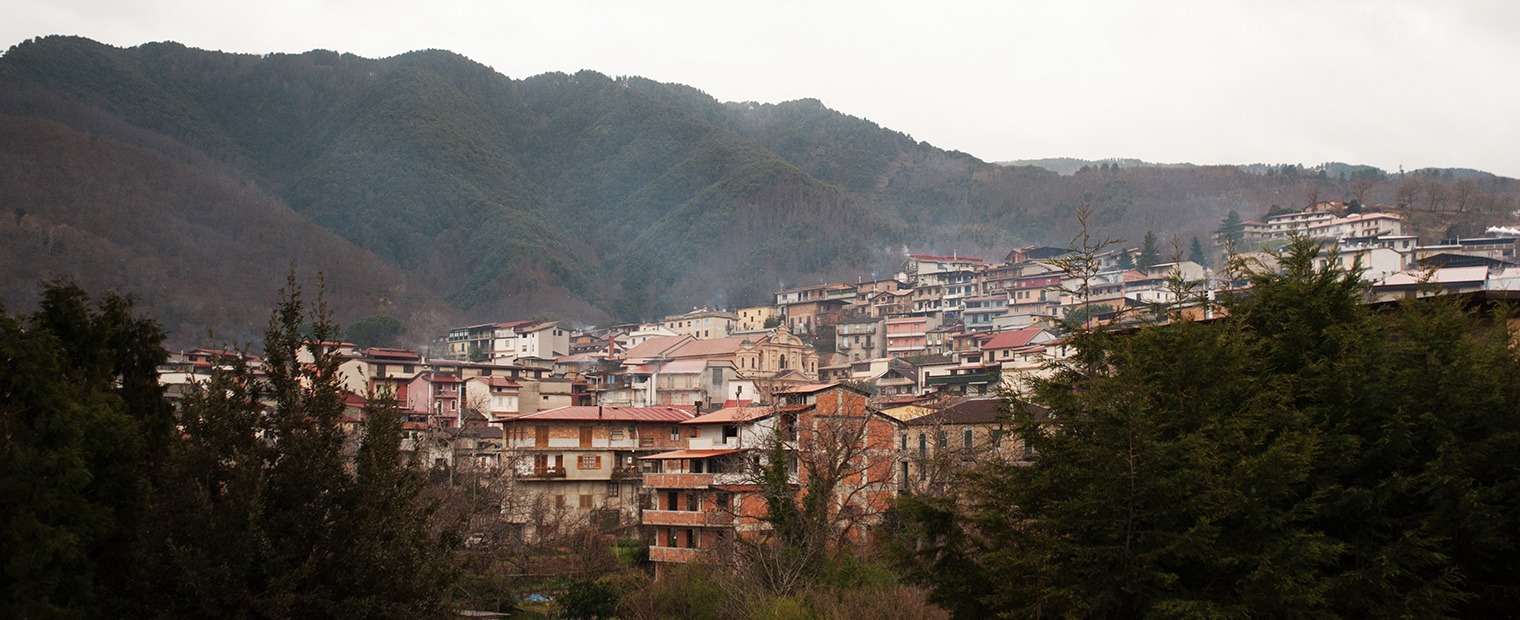
Delianuova, the green stone set in the heart of Aspromonte
Founded as an autonomous municipality in 1878 by Umberto 1st, Delianuova was born from the municipalities of two small, pre-existing towns: Paracorio and Pedavoli. There has been news of these small settlements since as far back as 1050, as evidence by the various documents of the time, now kept in [...]
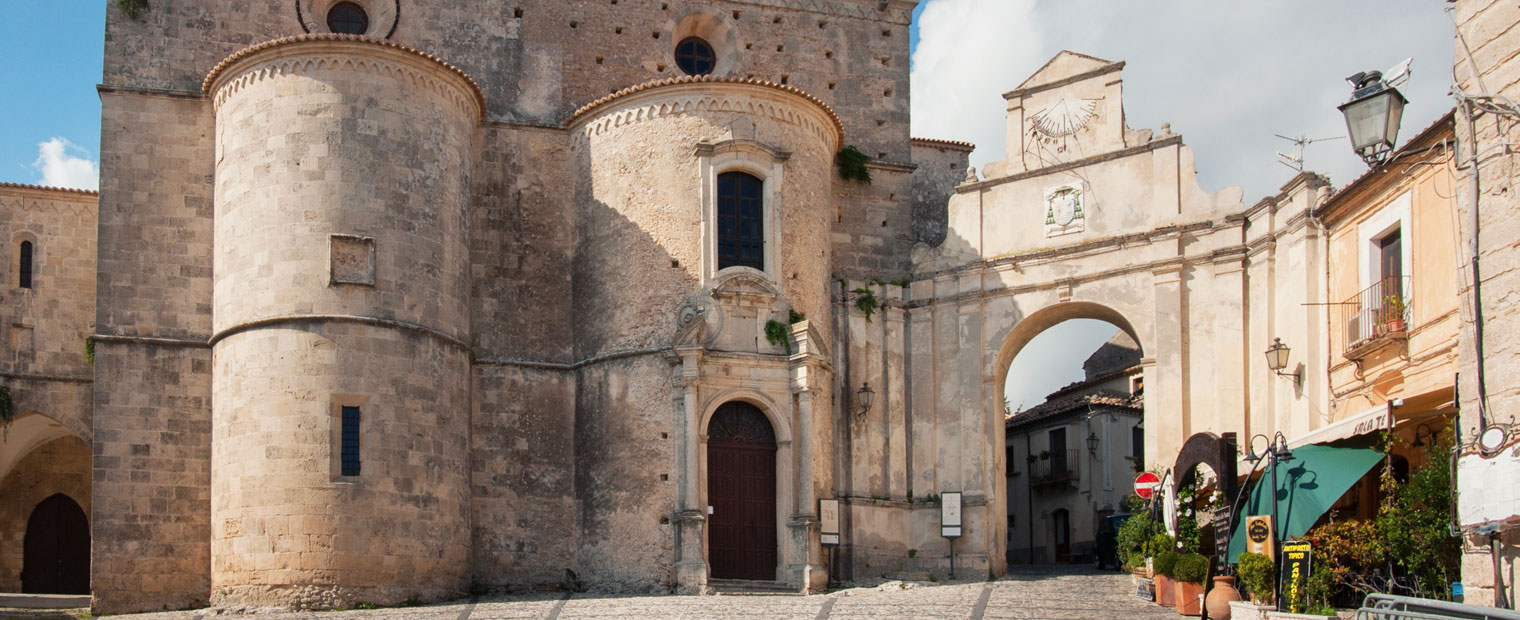
Gerace: The Medieval Heart of Greek Calabria
The town of Gerace, the Orange Flag of the Italian Touring Club and one of the most beautiful villages in Italy, is a place where you can breathe in medieval air. Noteworthy are the remains from the period, in addition to the Cathedral and the Church of San Francesco, with the entire village preserv [...]
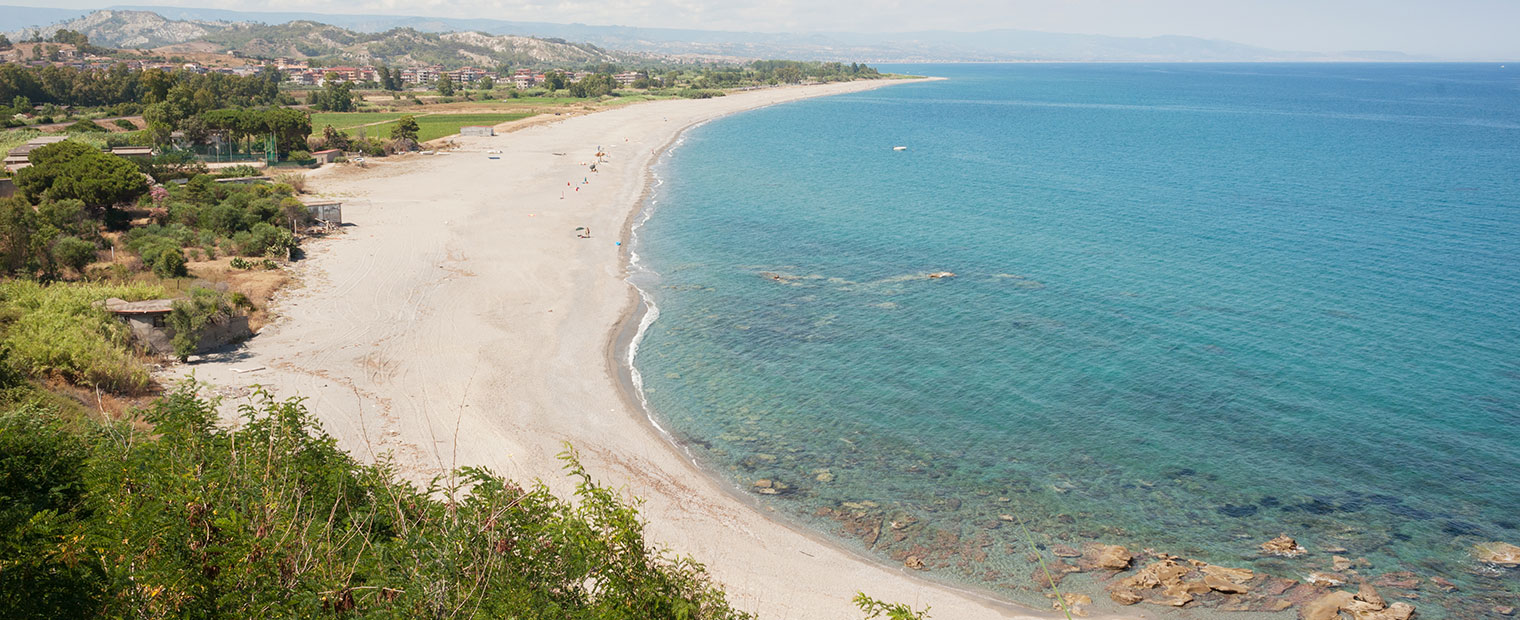
Africo: one community, two towns
Founded in the 9th century BC by the inhabitants of the ancient Delia, a colony of Locri situated at the mouth of the San Pasquale torrent. Its name comes from the Greek term, άπριχος (aprichos) meaning luminous, full of sunlight.